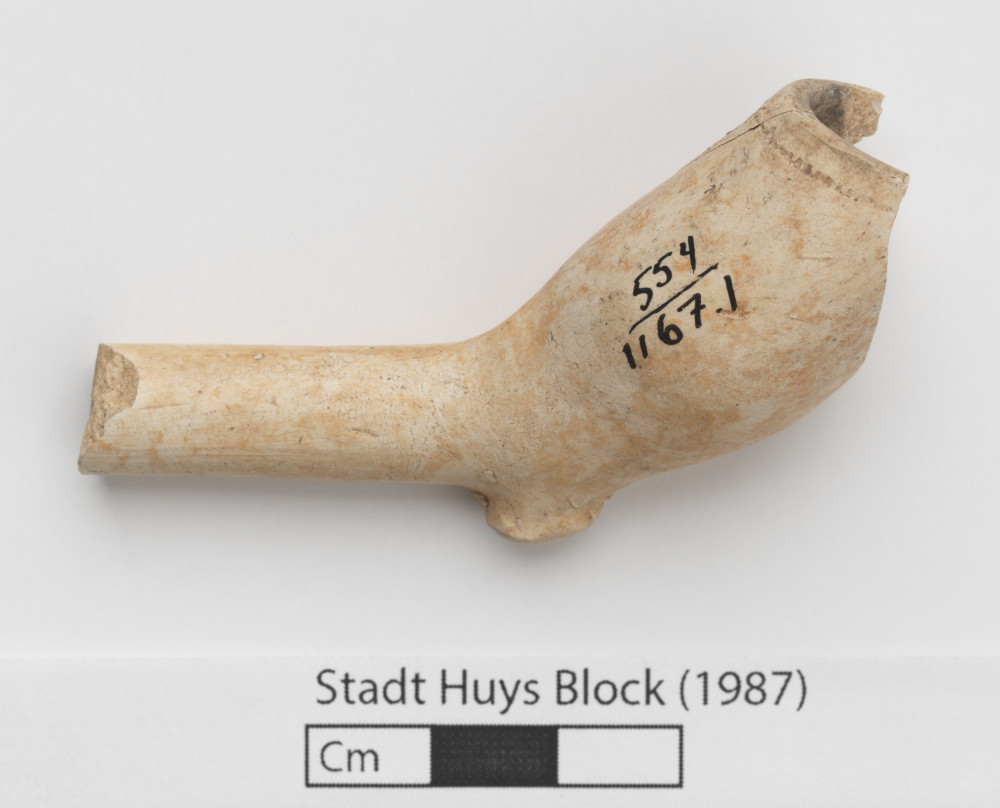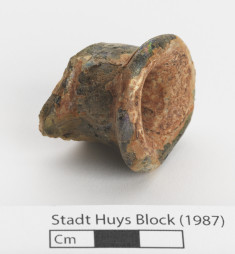Introduction: Lots 8, 9, and 15 are modern designations for adjacent parcels of land that were owned together and used as a single property until the early 1830's. Excavations produced important discoveries like that of the Colonial-era Lovelace Tavern, proving that significant archaeological resources could still exist in urban spaces. Project archaeologists were able to lobby for increased time and funds to continue their work on the strength of these finds, leading to additional discoveries. In all, the project provided considerable information about the history of New York City and its inhabitants from the 17th to the 20th centuries.
The tavern was constructed by the second English Governor of New York, Francis Lovelace, around 1670. Taverns were important spaces for colonial communities, serving as centralized meeting places that fulfilled important social, recreational, political, and economic functions. Lovelace Tavern became New York's temporary City Hall starting in the late-17th century after the Stadt Huys fell into disrepair and was demolished in 1706.
Rationale: Remains of the Lovelace Tavern were first encountered during the excavation of Test Cut AQ. Overall, archaeologists excavated 27 test cuts inside, adjacent to, or within the walls of the tavern, representing around fifty-percent of the total area. Test Cut BF was a 3- by 5-foot excavation unit that abutted the 19th-century stone boundary wall separating Lots 8 and 9 to the east. The cut is also within what was once the interior of the Lovelace Tavern. Archaeologists discovered a Tavern deposit and Feature 14, a 17th-century posthole.
Results: This level was found in the western half of Test Cut BF at a depth consistent with the Tavern floor in other test cuts, though no wood was present. All of the diagnostic artifacts recovered date to the 17th-century, suggesting that this could be a Lovelace Tavern deposit. However, no definitive proof is forthcoming. Tavern deposits in the test cut, if present, may have been damaged or truncated by 19th-century construction efforts as an overburden containing mixed fill was found directly atop this supposed tavern layer.
Lot 9, Test Cut BF, Strata V, Level A
-
Collection method
Trowel, Screen (1/4-inch mesh).
-
Soil description
Yellow-Brown Sandy Silt
-
Munsell
5YR 4/3






